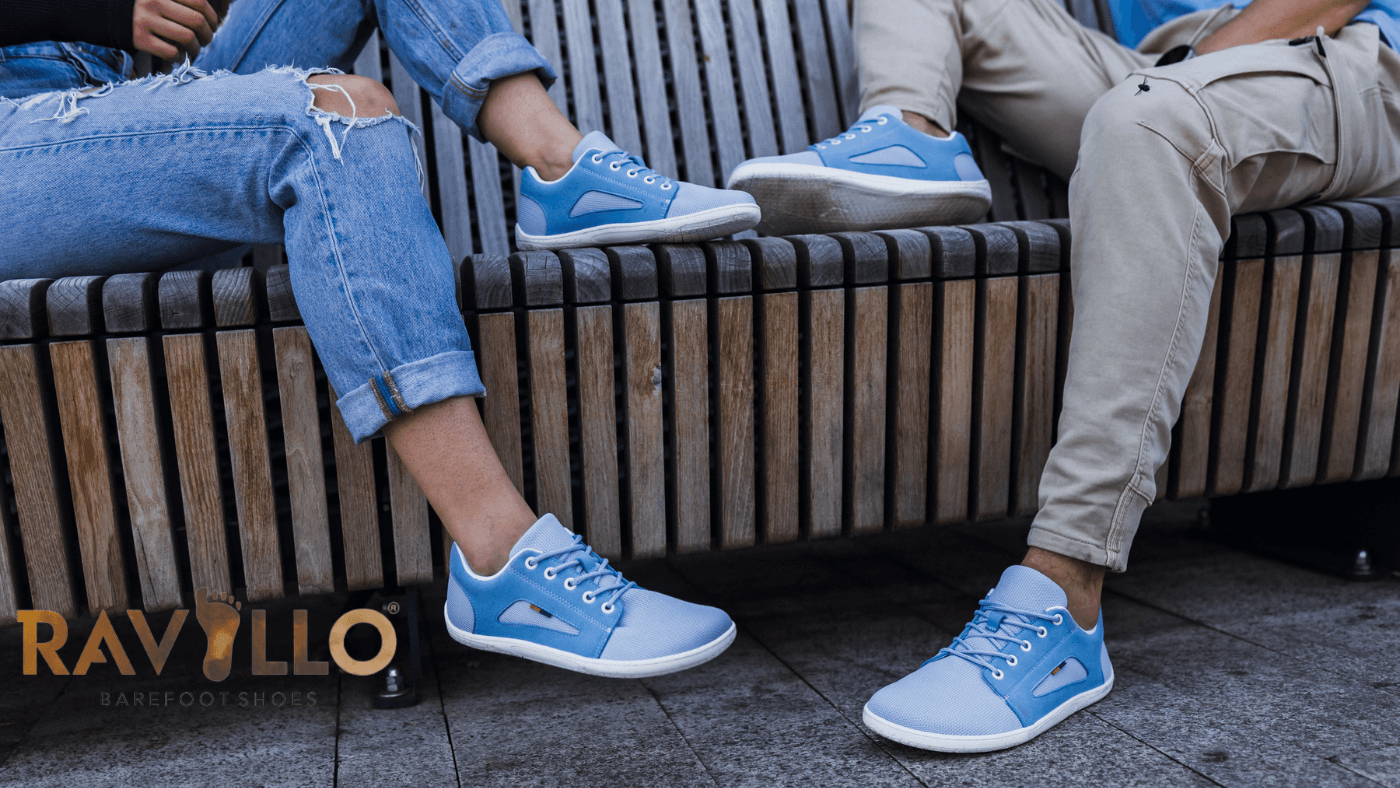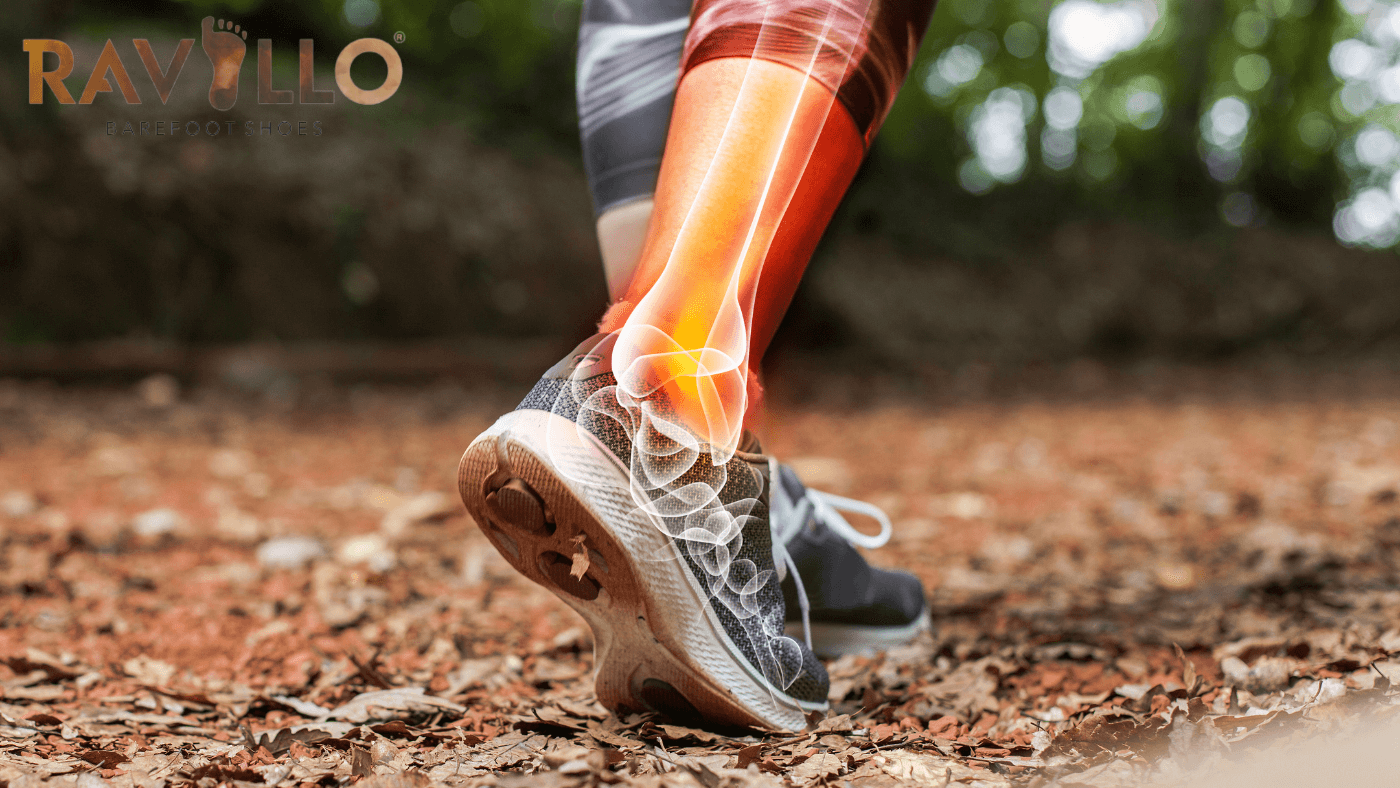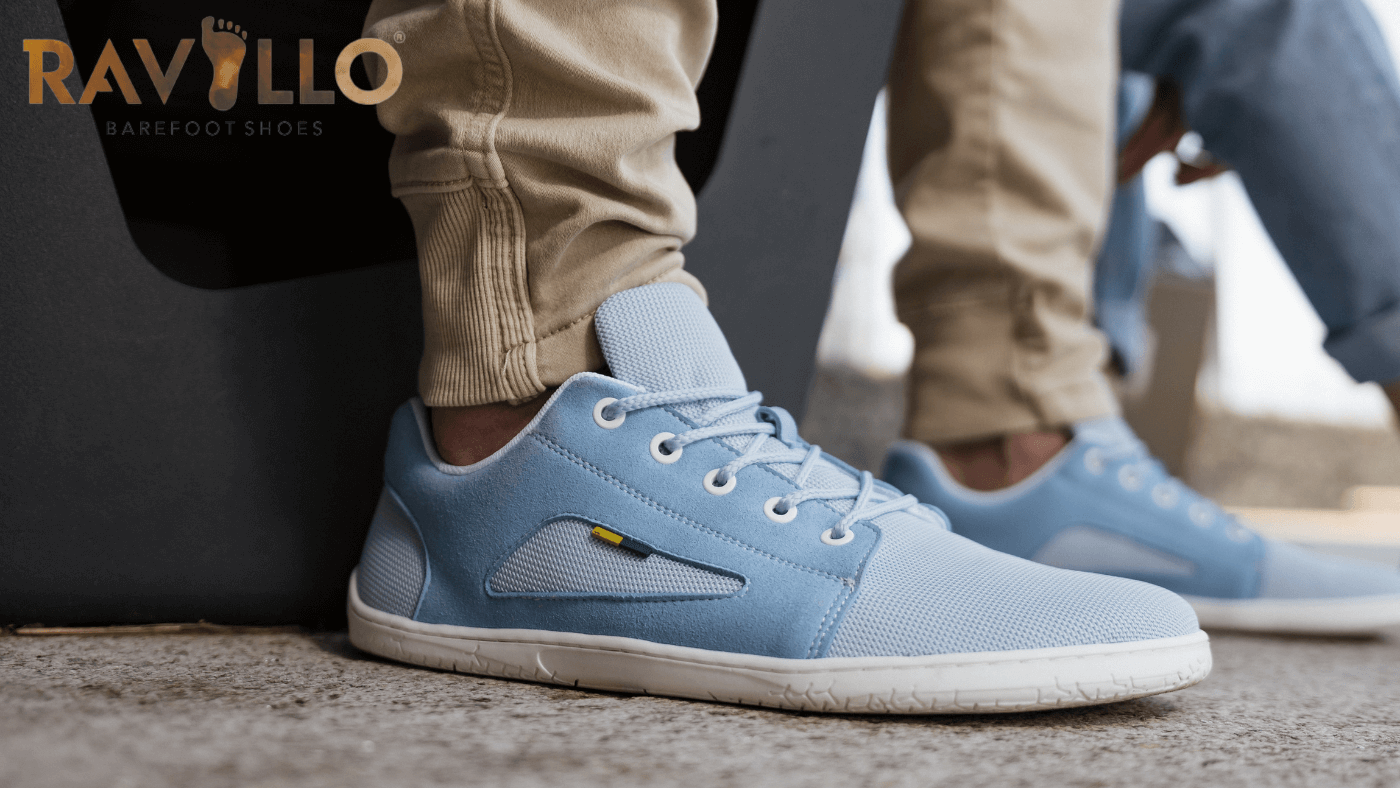Benefits of Barefoot Shoes for Healthy Feet & Better Posture
Foot pain is a widespread issue, affecting millions of people globally. Many don’t realize that a significant portion of their discomfort comes from wearing shoes that are overly cushioned and restrictive. These designs can prevent your feet from moving naturally and lead to long-term issues. Enter barefoot shoes—a minimalist solution designed to allow your feet to move the way nature intended.
Unlike traditional footwear, barefoot shoes are crafted to simulate walking without shoes while still providing protection. By doing so, they promote a healthier walking and running experience. In this article, we’ll delve into the benefits of barefoot shoes, explore how they can improve your foot health, and help you decide if they’re the right fit for your lifestyle.
Understanding the Science Behind Barefoot Shoes
The human foot is an intricate structure, with 26 bones, 33 joints, and more than 100 muscles, ligaments, and tendons. It’s designed to support your body, absorb shock, and adapt to various surfaces. However, most conventional shoes limit this natural function by relying on extra padding and rigid arch supports.
When you wear traditional shoes, your foot muscles don’t need to work as hard, leading to muscle weakness and a loss of flexibility over time. Barefoot shoes, on the other hand, provide minimal support, encouraging your feet to move and function as they were designed to.
Research has shown that wearing barefoot shoes can help improve balance, increase foot strength, and promote better alignment throughout the body. A study published in Nature found that people who walk barefoot or wear minimal footwear experience fewer foot deformities and stronger, healthier feet.
Benefits of Wearing Minimalist Footwear
There are several key advantages to making the switch to barefoot shoes. Let’s break down some of the most important benefits:
1. Strengthened Foot Muscles
By eliminating excessive support, minimalist shoes force your feet to engage more muscles. Over time, this strengthens the muscles in your feet, preventing issues like weak arches or plantar fasciitis.
2. Better Posture
When your feet are allowed to move naturally, your posture improves. These shoes promote proper alignment, helping reduce strain on your knees, hips, and lower back. Many people find that their posture improves noticeably after transitioning to this type of footwear.
3. Improved Balance
With less material between your feet and the ground, minimalist shoes enhance your ability to balance. This increased ground feel is especially helpful for athletes and anyone involved in physical activities that require coordination.
4. Increased Flexibility
Because these shoes allow for a greater range of motion, your feet become more flexible over time. Flexibility is important for maintaining comfort during activities like walking, running, and standing for extended periods.
5. Reduced Pain
Many people switch to minimalist footwear to relieve chronic foot pain. These shoes encourage natural movement, which can help alleviate discomfort caused by conditions such as bunions, hammer toes, and plantar fasciitis.
Common Concerns When Switching to Barefoot Shoes
While there are many advantages, there are also some common concerns about making the switch to minimalist shoes. Here are a few things to keep in mind:
1. Transitioning Gradually
If you’ve been wearing traditional footwear for years, your feet will need time to adjust to this new style. Barefoot shoes engage muscles that may have been underused, so start slowly. Begin by wearing them for short periods and gradually increase the time as your feet get stronger.
2. Not for Everyone
These shoes may not be ideal for individuals with certain foot conditions. People with extremely flat feet or severe foot issues may need additional support that minimalist shoes don’t provide. Consulting a podiatrist before making the switch can help determine if they’re right for you.
3. Comfort on Hard Surfaces
Because they offer minimal cushioning, walking on hard surfaces might be uncomfortable initially. Over time, as your feet adapt and become stronger, the discomfort tends to decrease. However, it’s important to ease into walking on tougher surfaces to avoid strain.
Success Stories: The Impact of Minimalist Footwear
Let’s look at a few examples of individuals who have successfully transitioned to minimalist shoes and experienced positive changes.
Sarah's Running Journey
Sarah, a marathon runner, battled chronic knee pain for years. After switching to minimalist footwear and allowing her body to gradually adapt, she noticed significant improvements. Her knee pain decreased, and her overall running performance improved.
Mark's Office Transformation
Mark, who worked long hours at a desk, developed chronic back pain due to poor posture. Once he switched to minimalist shoes, he noticed improved posture, which helped reduce his back pain over time. By wearing these shoes regularly, Mark was able to strengthen his feet and support better overall body alignment.
How to Transition to Minimalist Shoes
Making the switch to minimalist shoes can offer long-term benefits, but it’s essential to do it gradually. Here are a few tips for easing into the transition:
1. Start Slowly
Begin by wearing your new shoes for short walks or casual activities. Gradually increase the duration as your feet become stronger. Avoid jumping straight into intense exercise or long walks until your feet are fully adapted.
2. Listen to Your Body
Pay attention to how your feet feel throughout the transition. If you notice discomfort or soreness, reduce the amount of time you spend in the shoes and allow your feet time to recover. Pushing too hard too fast can lead to injury.
3. Pick the Right Pair
Not all minimalist shoes are the same. Look for those with a wide toe box and a flexible sole that allows your feet to move naturally. Finding a pair that suits your lifestyle—whether for running, walking, or casual wear—is key to ensuring a successful transition.
4. Practice on Different Surfaces
As you transition, experiment by walking on different surfaces, from grass to pavement. This helps strengthen the muscles in your feet and improves your ability to adapt to varied terrains.
Conclusion: Are Barefoot Shoes the Right Choice for You?
Minimalist shoes offer a unique opportunity to reconnect with your body’s natural movements. By encouraging your feet to function as they were designed, they can strengthen muscles, improve balance, and alleviate pain. Although the transition may take time, the long-term benefits—such as better posture, reduced discomfort, and healthier feet—are well worth the effort.
Before making the switch, be sure to transition gradually and choose shoes that suit your lifestyle. By doing so, you’ll give your feet the time they need to adapt, allowing you to enjoy the full benefits that barefoot shoes have to offer.










